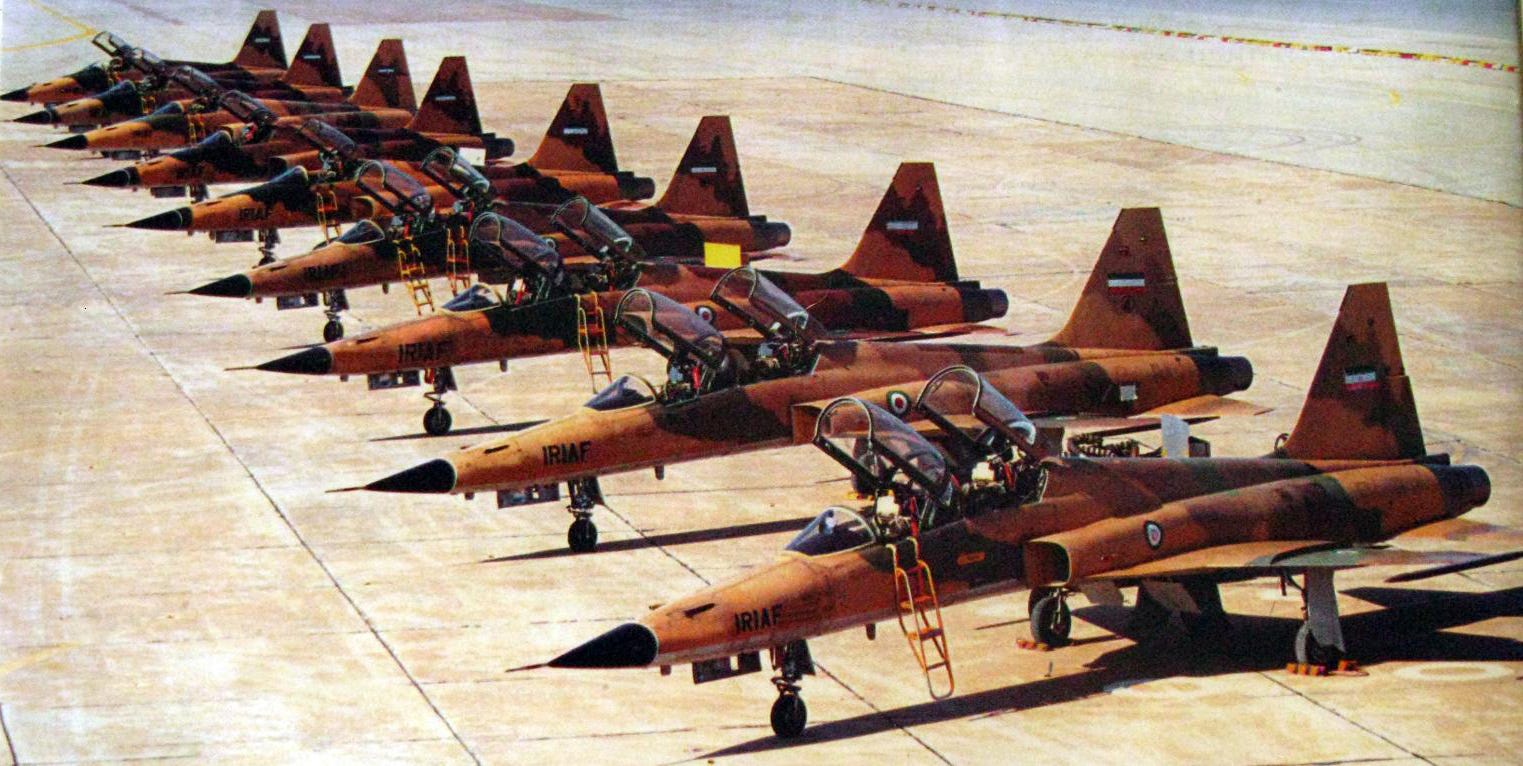Flush With F-5 Fighters in the 1970s, Iran Was America's 'Aircraft Carrier in Asia'
308 F-5s is a lot of F-5s
In the 1970s, Iran acquired so many Northrop F-5 fighters from the United States—308 in all—that it could afford to sell or donate many of the nimble supersonic to other countries.
Israel’s air war on Iran in June destroyed air defenses and missile production facilities across the country. It also targeted some old Iranian air force fighters on the ground, including at least two Grumman F-14s parked at Tehran’s Mehrabad Airport.
“Iran’s fighter jets were largely irrelevant,” one Israeli report noted. “Most stayed on the ground or flew to protect their own bases, avoiding any dogfights. Apart from a few limited strikes on these bases, Israel left the Iranian air force alone.”
In recent years, Iran has staked the future of its air force on acquiring Sukhoi Su-35s from Russia. It reportedly ordered and paid for 50 Su-35s but hasn’t received any as of this writing. In the aftermath of the devastating Israeli air campaign, Tehran may well turn to China, instead—and seek Chengdu J-10C fighters.
Flash back 50 years. In the 1970s, the regime of Shah Mohammad Reza Pahlavi purchased enormous numbers of advanced American aircraft, including F-5s, F-14s and McDonnell Douglas F-4s.
In the mid-’70s, military hardware was quite literally “piling up on Iranian docks and fields,” American investigative journalist Jack Anderson observed.
“Iranian air crews simply can’t be trained fast enough to operate all the aircraft that the eager Shah has thrust upon them,” Anderson wrote in September 1975. “They were just learning to fly the F-4s when the Shah began buying F-5Es. Before the F-5E crews are broken in; the still more advanced F-14s will begin arriving.”
The Shah even agreed to transfer some of Iran’s F-5s to other countries.
Keep reading with a 7-day free trial
Subscribe to Trench Art to keep reading this post and get 7 days of free access to the full post archives.



